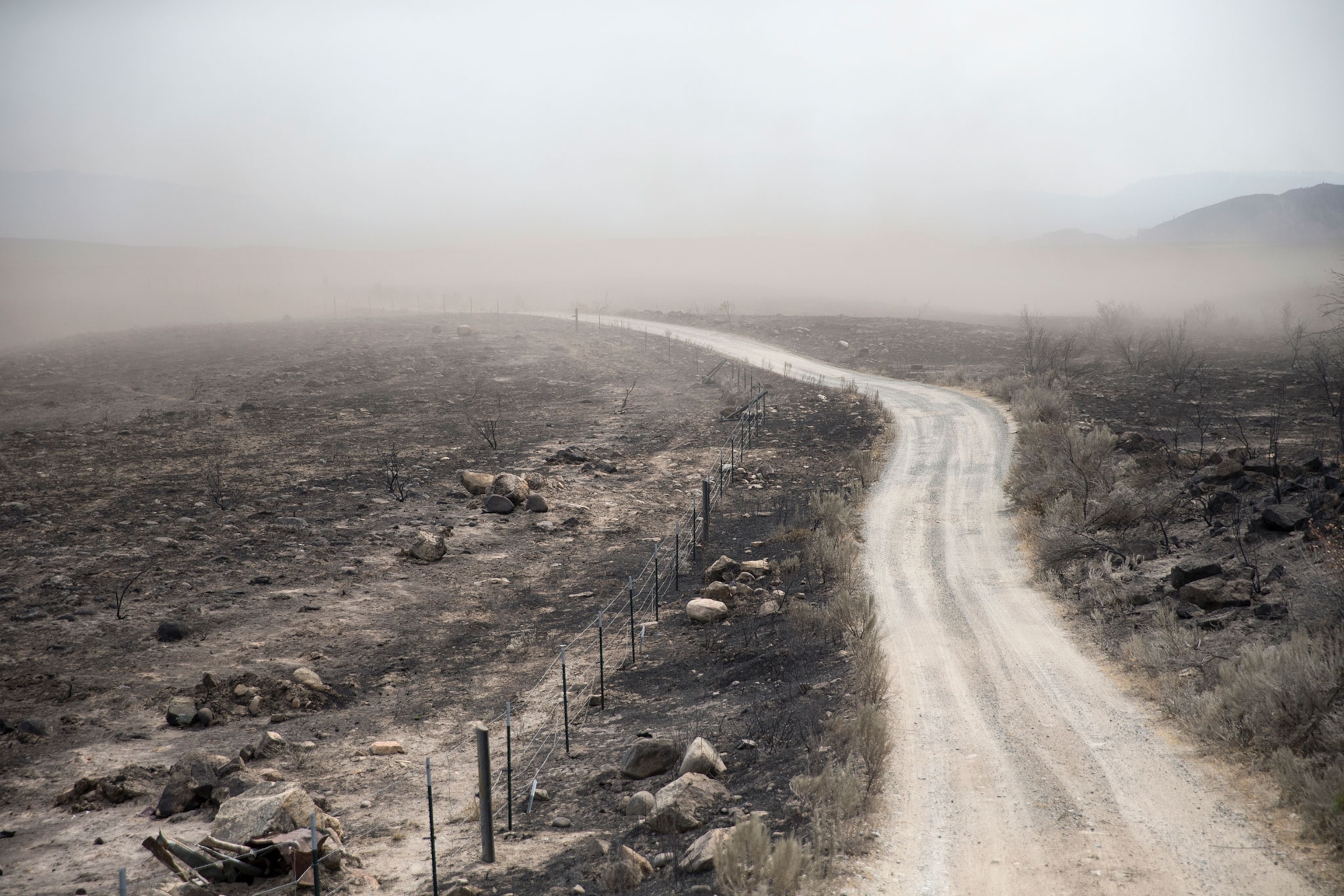
Climate study warns of vanishing safety window—here’s why
Millions of possible scenarios were analyzed, and only a few are acceptable, the scientists said.
A new scientific analysis of millions of possible climate futures found only a narrow window to keeping global warming to levels the international community has deemed safe.
Out of 5.2 million possible climate futures, carbon emissions must reach zero by 2030 in every country in the world if we are to stay at less than 3.6 degrees Fahrenheit (2 degrees Celsius) by 2100 of warming, the target set by the United Nations to avoid the worst impacts of climate change, from rising seas to deadly heat waves.
And unlike last fall’s “Special Report on Global Warming of 1.5°C” from the Intergovernmental Panel on Climate Change (IPCC)—which held out the possibility of a 2.7 degree Fahrenheit (1.5 degree Celsius) climate future—the new paper published March 11 in the journal Nature Climate Change employed three practical constraints: spending to cut carbon emissions would be no more than three percent of global GDP per year; no use of geoengineering or technologies to remove carbon; and the climate’s response to doubling carbon in the atmosphere would be at the median level or higher. The latter is called climate sensitivity—how much warming happens when carbon is added to the atmosphere.
“We show that our generation has an important responsibility to ensure that coming generations have a tolerable future,” the paper concluded.
For comparison, under the 2015 Paris climate agreement if countries meet their pledges, emissions will continue to grow and peak by 2030, putting the world on a path to global warming of 5.4 degrees Fahrenheit to 6.3 Fahrenheit (3.0 C to 3.5 C).
Surging oil use
Global emissions are currently over 40 billion tons a year and increased the last two years. Meanwhile the International Energy Agency announced on March 11 that oil consumption will continue to grow over the next five years, driven by increased demand for jet fuel and petrochemicals.
Cutting emissions to zero by 2030 to meet the 3.6 degrees Fahrenheit (2 degrees Celsius) target will be exceptionally difficult, said lead author Jonathan Lamontagne of Tufts University. And there is no path to 2.7 degrees Fahrenheit given the constraints used in the paper, he said.
That finding echoes the IPCC Special Report, which found the only way to keep global warming to 2.7 degrees Fahrenheit was the use of large-scale carbon removal, either from engineered technologies like direct air capture or biomass energy with carbon capture and sequestration, or from natural climate solutions such as afforestation, said Glen Peters, research director at Norway’s Center for International Climate Research. That was also the case for nearly all 3.6 degrees Fahrenheit scenarios, Peters said via email.
Lamontagne and colleagues warn that relying on “the massive deployment of new, unproven (carbon removal) technologies may well represent an irresponsible and inappropriate gamble, when the consequences of being wrong are potentially catastrophic.”
Large-scale carbon removal, also known as negative emissions, may be unfeasible, but is reducing global emissions to zero by 2030 any more feasible, asked Peters. “We need to explore all options, then society can decide if one or another pathway is more attractive than another,” he said.
A solar solution?
A new pathway may have opened up: solar geoengineering. High-flying airplanes spraying sulphur dioxide into the atmosphere, thereby mimicking gas from volcanoes and reflecting the sun’s heat, could be done safely according to another study in the same issue of Nature Climate Change.
While the idea of putting particles into the atmosphere to reflect sunlight and reduce global warming isn’t new, this is the first study looking at how this might impact rainfall, temperatures, and storms. The paper’s conclusion: solar geoengineering could potentially halve global temperature increases without making climate change worse.
Still, big uncertainties remain about solar geoengineering and much more research is needed to understand its risks, costs, and limitations before deployment, acknowledges co-author David Keith of Harvard University. He also warns we still need to rapidly cut carbon emissions.
“I’m very nervous about the unintended consequences of this,” says Michael Mann, a climatologist and director of the Earth System Science Center at Penn State. Highly idealized experiments on solar geoengineering may not accurately reflect what might actually be used nor the real-world impacts, Mann said in an email.





